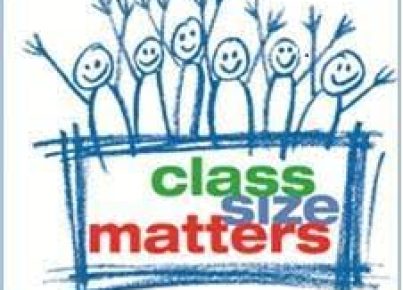Introduction
As an educator, it’s disheartening to see Title I students struggling to succeed academically. Despite the numerous resources and funding dedicated to supporting these students, the achievement gap between them and their higher-income peers remains remarkably wide. In this article, we’ll discuss potential reasons why your Title I students aren’t achieving desired outcomes and explore solutions that can help boost their success.
Lack of Support Networks
Students from low-income families often lack essential resources and support networks compared to their more affluent counterparts. The absence of academic role models, limited access to after-school activities, and inadequate nutrition can all contribute to their learning difficulties. Teachers must collaborate with school staff, parents, and the wider community to establish a strong support system for Title I students.
Addressing Trauma
Title I students are more likely to have faced adverse childhood experiences (ACEs) that could impact their ability to learn and cope in school. Educators should prioritize addressing any emotional or psychological trauma resulting from such experiences by partnering with local mental health professionals or implementing trauma-informed practices in the classroom.
Cultural Dissonance
Misunderstanding or underestimating the role of culture in students’ lives might lead to unintentional biases or false expectations from educators. Teachers should actively engage in understanding and valuing diverse cultures to create a positive classroom environment that fosters cultural competence for Title I students.
Inadequate Funding
Title I funding is intended to provide additional financial assistance for schools serving low-income families. However, inconsistent or insufficient funding often limits schools’ ability to provide proper resources and support for these students. Advocating for increased investment in education is crucial in closing the achievement gap for Title I students.
Teachers Feeling Unprepared
Though teachers have received preparation through professional development opportunities, many still report feeling inadequate when teaching low-income or minority students. Best practices entail personalizing professional development to each educator’s context while focusing on building educators’ knowledge and skills to increase their self-efficacy with diverse student populations.
Improving Classroom Strategies
Teachers could consider adopting research-based classroom strategies such as balanced literacy, problem-based learning, differentiated instruction, or culturally responsive teaching to better address the unique needs of Title I students. Implementing these strategies can facilitate a more engaging and effective learning environment for this student population.
Parent Involvement
When parents are involved in their child’s education, it creates a strong home-school connection which improves student engagement and achievement. Fostering parent involvement can come in various forms, such as organizing family-oriented events at the school or offering workshops to help parents support students’ learning at home.
Conclusion
Supporting Title I students and helping them succeed is a complex and multi-faceted challenge. Educators must remain vigilant in identifying barriers and obstacles that hinder their success and employ practical solutions available to bridge the gap. With dedication, empathy, and tailored approaches towards supporting Title I students, educators can make a significant impact on their academic performance and future prospects.





